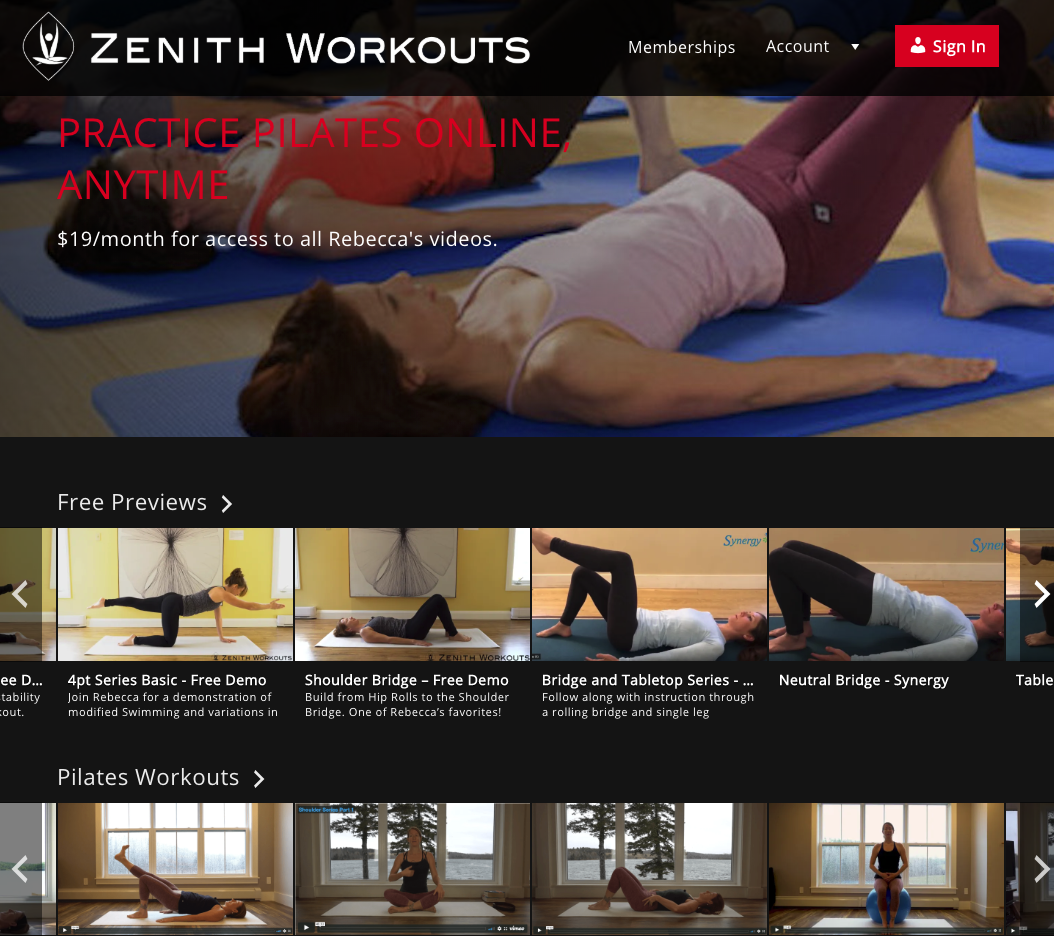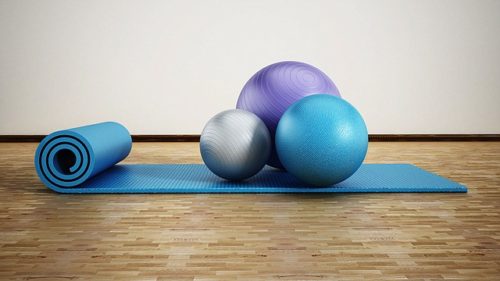
Photos: Rebecca Judd for Restore Your CoreSource:BodyAndSoul
When model Rebecca Judd wanted to get her body back into shape after her twins, she headed to women’s healthy physio Shira Kramer, who has been working with women on their post birth recovery for past decade.
But you don’t need to be a celebrity to tone your tummy and strengthen your core, lucky for us, Shira has launched an 8-week online program that kick-starts mum’s recovery and fitness post baby by offering 5 daily exercises you can do in the comfort of your own home.
Here Shira gives us a sneak peek into some exercises new mums should be doing daily. The best bit? They don’t take long and can be done anywhere:
Exercise 1: Pelvic Floor
Pelvic floor muscle exercises are the priority to assist in your recovery after childbirth (and forever after!).
These important muscles are responsible for controlling your bowel, bladder and uterus. They also have an important role to play in controlling where and when you go to the toilet (continence). 1 in 3 women who have had a baby will suffer from pelvic floor issues. By exercising your pelvic floor muscles effectively you will be in better shape to control what goes on down under.
- Find good posture in any position – sitting, standing or lying down
- Imagine letting go like you would to pass wind and to pass wee. Let your tummy muscles relax too.
- Tighten and lift around your back and front passages as if you are holding on to go to the toilet (imagine your are stopping wind and wee / or imagine lift doors that are closing and lifting)
- Hold this contraction as you take a breath in and out comfortably
Do 5 lifts, 3 times everyday
Exercise 2: Deep Abdominals
The deep abdominal muscles are important in supporting your back and pelvis. They are often stretched and weakened through pregnancy leading to back pain, poor posture and pelvic floor problems. The outer abdominals can also separate in the centreline (called DRAM diastisis rectus abdominus muscles). This occurs in 2 out of 3 women in the 3rd trimester and often persists after delivery. By exercising the deep core muscles your back will cope better with the demands of motherhood and assist in recovery of DRAM. Also the stronger you keep your insides the faster you will recover and return to your pre pregnancy shape.
- Find good posture in any position – sitting, standing, lying down or in a four point kneel position (all 4’s).
- Imagine letting go like you would to pass wind or to pass wee. Let your tummy muscles relax too.
- Lift your pelvic floor and then gently and slowly draw in your lower abdominal muscles. Imagine you are narrowing your waist or drawing in your bikini line muscles. Hold this contraction as you take a breathe in and out comfortably.
Hold for 1-2 breaths, do 10 reps 3 times a day and whenever you’re lifting.
Technique Tips (for exercises 1 and 2): Nothing above the belly button should tighten or tense. If you cannot feel your muscles contracting, change your position and try again. For example, if you cannot feel your muscles contracting in a seated position, try lying down or standing up instead. After a contraction it is important to relax the muscles. This will allow your muscles to recover from the previous contraction and prepare for the next contraction. Avoid tensing your upper abdominals, thighs or buttocks – these are internal exercise and correct technique is vital.
Exercise 3: Squat with Arm Openers
Pregnancy along with the daily activities being a mum (changing nappies, feeding, pushing a pram etc) affect your posture which can lead to aches and pains. By strengthening your postural muscles you will feel (and look!) a whole lot better.
- Stand tall with your shoulders back and down. Stand in the middle of your resistance band with your feet hip-width apart. Cross the band over and hold on to each end.
- Lower into a squat (by sending your hips back) and raise the arms wide to just above shoulder height.
- Lower arms with control as you push through the heels and return to an upright position.
Technique Tips: Your palms face forward at the top of the movement. Keep your wrists neutral throughout. Increase or decrease resistance by adjusting your grip on the band.
Do 10 reps
Exercise 4: Four Point Kneel
Opposite arm and leg slide
- Position yourself on all fours, with your hands positioned beneath the shoulders and knees directly under hips
- Set the core and raise one arm up as you slide one leg back.
- Return to starting position and alternate sides
Hold for 2 breaths, do 10 reps.
Technique Tip: Keep elbows soft and lower back still. Progress by increasing hold time.
Exercise 5: Standing Rotations
- Tie a resistance band between feet and hip height to a secure anchor point
- Stand tall with your spine in neutral and your shoulders back and down
- Keep your arms straight out in front as you hold onto the end of the band with both hands side by side
- Set your core, rotate by drawing both arms around to the side of your body
- Return to starting position, slow and controlled
- Reset and repeat, turn to the other side when set is complete
Do 10 reps
Technique Tip: Lift through crown of your head as you rotate to elongate spine and keep the pelvis and hips facing forward throughout the movement.
(Original article 16th May 2018: https://www.bodyandsoul.com.au/fitness/mums-fitness/5-postbirth-exercises-to-restore-your-core/news-story/5273dbc917bb7a2996ab5c024b667654)




